Sachin Lokhande, VP- Information Technology - Pay Point India Network
By MYBRANDBOOK
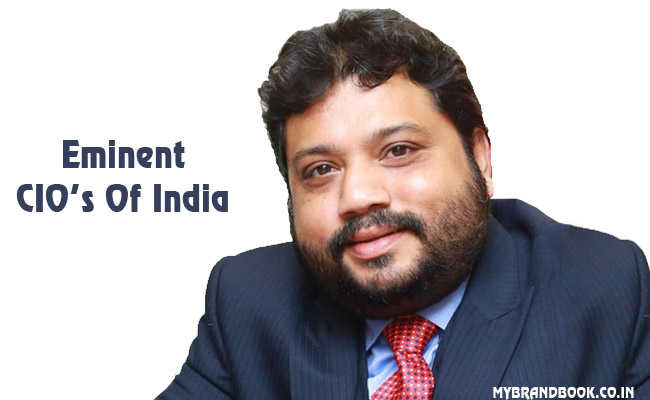
‘A CIO needs to understand business as any CEO or Managing Director’
Technology is the prime tool for growing any business, making it the most important factor to get right. Any business that fails to invest in its IT infrastructure becomes inefficient and loses out to competitors; companies that overinvest in the wrong tech can face the same problem.
A CIO’s role has drastically changed, thanks to the role technology is playing in the digitization of businesses today. It’s no longer enough to understand the how, when, why and where information is disseminated throughout the organization, but now CIOs need to understand the business as any CEO or Managing Director would, which is - interacting with visionaries across the business and driving a smart digital agenda. Technology will always be the foundation, but now business has to be the mind-set.
And my take will be to move on the digital era like –
• Build partnerships across the business
• Become a business advisor, not just a technical one
• Evangelize: communicate your vision to the wider organization
• Developing a customer-first mentality
Experience cell
It is important for the CIO to be involved at all levels of the company. Employees and managers often dictate modern business IT needs, but choosing the right systems and implementing them correctly is down to the CIO. The goal is effective and efficient distribution of technology, which is something that only a highly capable and business-orientated CIO can deliver.
For companies where CIOs are deeply involved in strategy, IT effectiveness is much higher than in businesses where CIOs have less involvement.
Around the world, the pattern is repeated, and it’s clear that CIOs have to work more closely with the CEO or Managing Body to continue growth. Primarily, CIOs feel that many companies have underinvested in IT, with many treating it as a business commodity rather than a business enabler. Attitudes need to evolve, with the CIO driving the change and pushing home the need to invest in the right technology. It’s the CIO’s job to show how new technology can help develop a company and achieve growth, by staying ahead of the competition. Along with this, CIOs need to be able to make a case for not just buying the cheapest solution, but to buy technology that can address an organization’s needs both now and in the future.
In all cases, CIOs expect to spend an increased budget on technology, but spend this extra money to help revenue growth rather than simply running IT functions.
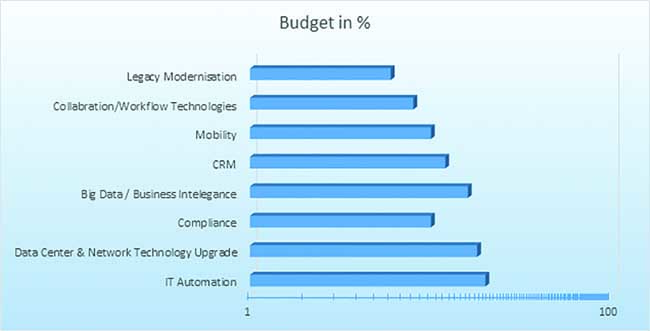
Key Priorities
Many CIOs feel that they work in a company that doesn’t understand how technology can contribute to business growth. Board level executives and managers need to listen to the CIO, who should be seen as a business leader and can plan how technological improvement can benefit the company.
It is then part of the CIO’s job to push digital understanding throughout the company so that all staff buy into new ways of working.
Outdated legacy systems are another big headache for CIOs. For many businesses, legacy systems were a huge investment, and there’s reluctance to upgrade or change until this money has been recouped. But failure to upgrade to more flexible services can hamper an organization, making it less efficient and able to deal with change.
Of everything, the one issue that sticks out for a lot of CIOs is their lack of involvement in strategic business discussions and decisions. No longer is the CIO just in charge of running existing infrastructure, but their IT knowledge and business acumen make them ideally placed to help achieve a company’s strategic goals.

Investment Plans for FY 18-19
My agenda would be “in-short” preparing my company for the future.
• Get strategy in shape
As CIO I must be 24*7 on about what’s next for digital. How can digital enable an organization to drive revenue and create results through innovation or new products, processes and experiences? “Going digital” has transcended being a lever for IT efficacy. Digital is a growth enabler, and myself are in charge of figuring out how to unleash digital power to fuel that growth.
• Collapse internal and external boundaries
The divisions within a company are no longer rigid, thanks to the fluidity that IT enables. I must continue to increase effective collaboration across the business and IT, with greater integration across the enterprise and the sharing of both financial and human resources.
• Advance the operating model
The ever-changing competitive environment and evolving customer expectations are rapidly reshaping the way companies deliver value. The operating model can foster the necessary agility to enable a company to adapt to changing circumstances, invest in innovation and fuel sustainable growth.
• Redesign the IT workforce
To maximize IT talent and meet digital needs of the future, changes to roles and responsibilities must be considered. IT is evolving beyond managing programs and developing software to integrate hybrid IT capabilities (legacy and cloud) into business-relevant services.
• Become the ‘conductor’ of innovation
I need to remain relevant by orchestrating and participating in innovation across the business.
My agenda would be “in-short” preparing my company for the future. Indeed, 2017-18 was a busy year for me. But 2018-19 now lies ahead as a year of opportunity as a CIO with my organization to deliver the solutions for secure our digital future.


Legal Battle Over IT Act Intensifies Amid Musk’s India Plans
The outcome of the legal dispute between X Corp and the Indian government c...

Wipro inks 10-year deal with Phoenix Group's ReAssure UK worth
The agreement, executed through Wipro and its 100% subsidiary,...

Centre announces that DPDP Rules nearing Finalisation by April
The government seeks to refine the rules for robust data protection, ensuri...

Home Ministry cracks down on PoS agents in digital arrest scam
Digital arrest scams are a growing cybercrime where victims are coerced or ...


Icons Of India : ASHISH KUMAR CHAUHAN
Ashish kumar Chauhan, an Indian business executive and administrator, ...
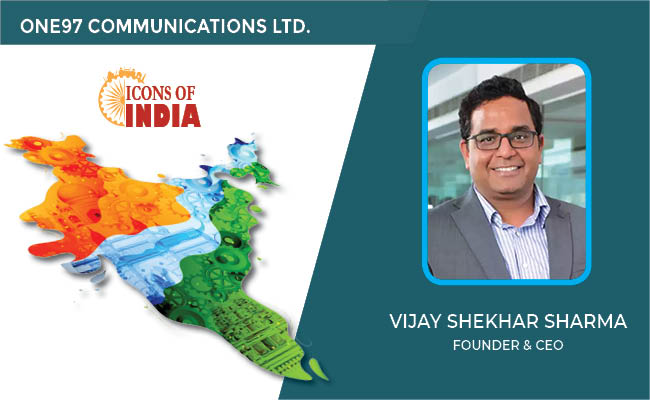
ICONS OF INDIA : VIJAY SHEKHAR SHARMA
Vijay Shekhar Sharma is an Indian technology entrepreneur and multimil...

Icons Of India : AALOK KUMAR
Aalok Kumar is celebrated as a global leader and recipient of the Peop...

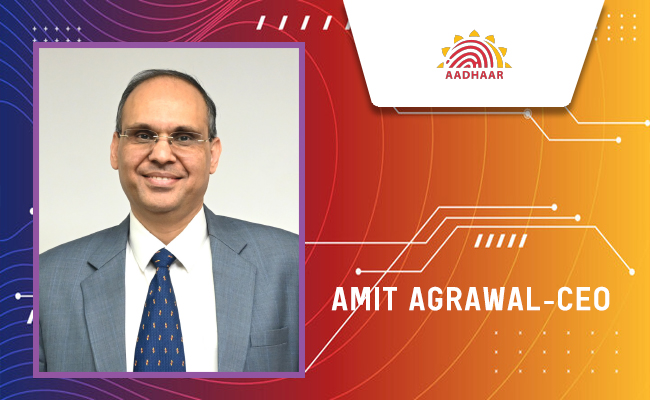
UIDAI - Unique Identification Authority of India
UIDAI and the Aadhaar system represent a significant milestone in Indi...
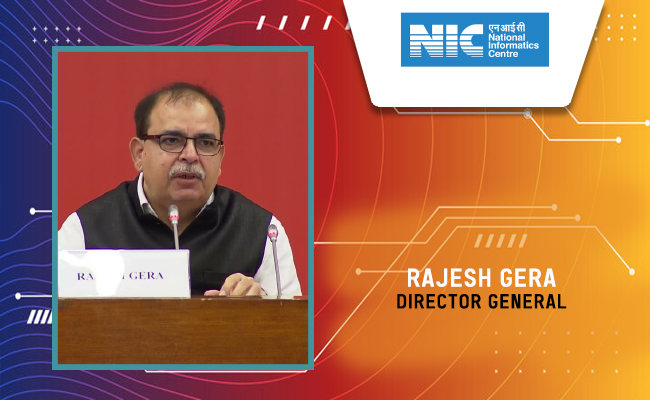
NIC - National Informatics Centre
NIC serves as the primary IT solutions provider for the government of ...
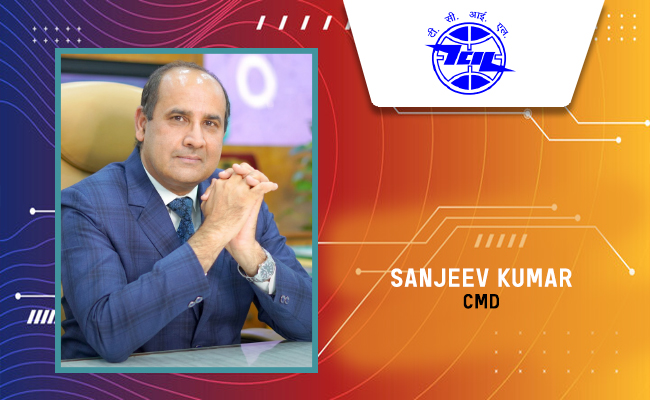
TCIL - Telecommunications Consultants India Limited
TCIL is a government-owned engineering and consultancy company...


Indian Tech Talent Excelling The Tech World - PADMASREE WARRIOR, Founder, President & CEO - Fable
Padmasree Warrior, the Founder, President, and CEO of Fable, is revolu...
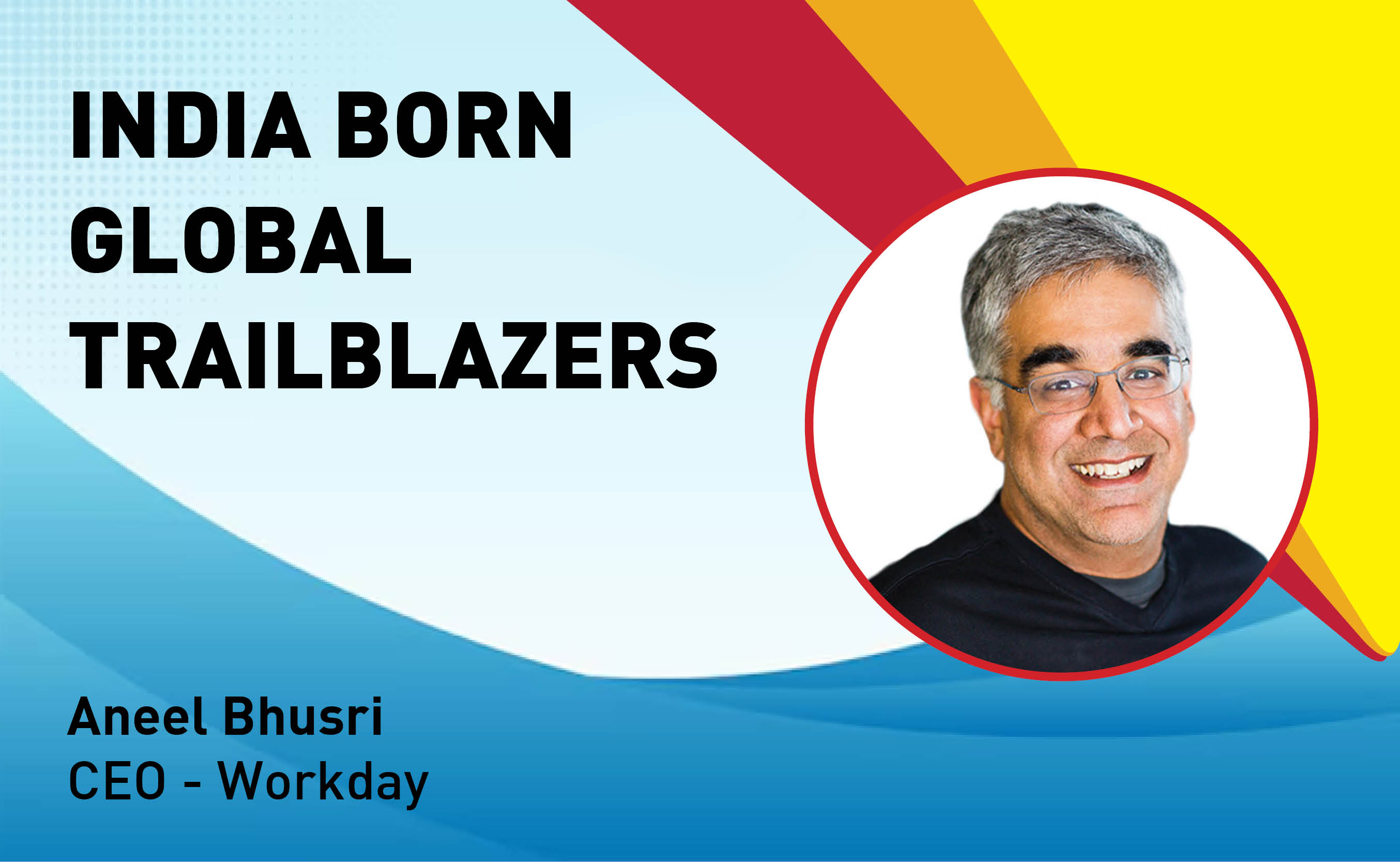
Indian Tech Talent Excelling The Tech World - Aneel Bhusri, CEO, Workday
Aneel Bhusri, Co-Founder and Executive Chair at Workday, has been a le...
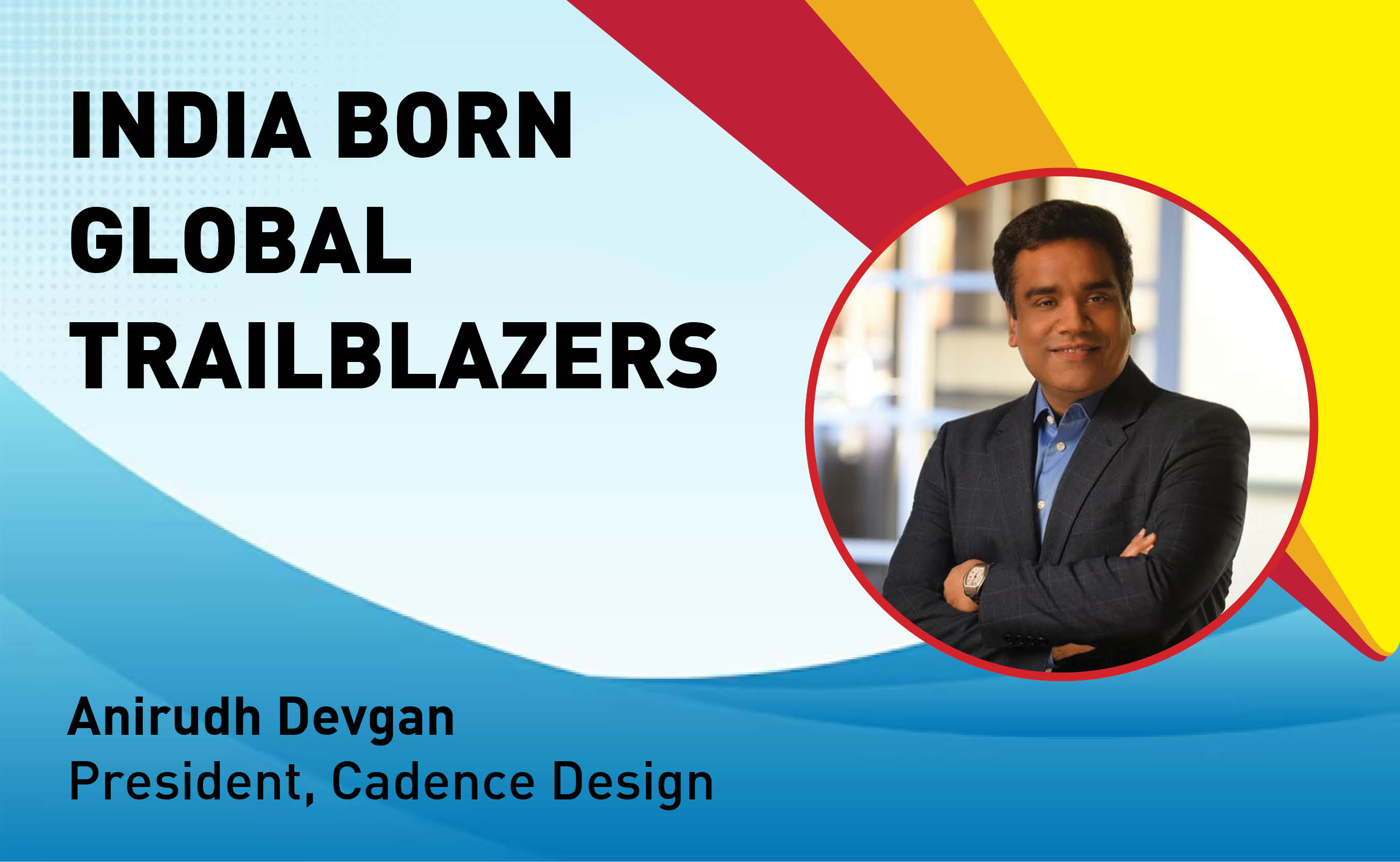
Indian Tech Talent Excelling The Tech World - Anirudh Devgan , President, Cadence Design
Anirudh Devgan, the Global President and CEO of Cadence Design Systems...
 of images belongs to the respective copyright holders
of images belongs to the respective copyright holders